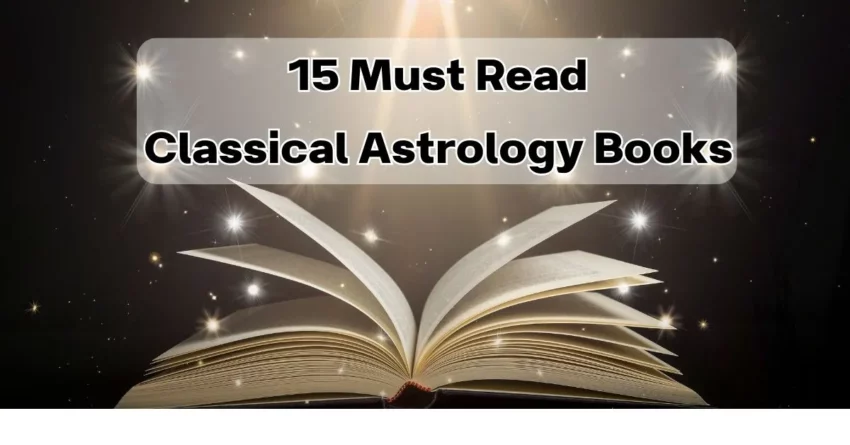Vedic astrology has a place in Vedanga. Astrology is called the eye of the Vedas. Although there is mention of planets and constellations etc. in Vedas, Puranas, and many ancient texts, some texts have been written by our sages and sages specifically on astrology, which we also call classical texts of astrology like – Brihat Parashar Hora Shastra, Phaldeepika, Saravali etc.
The study of Classical Astrology Books is very important for astrologers and students of astrology. Studying these scriptures helps in understanding the rules of astrology. Besides, these scriptures are authentic and are the basis of the entire astrology.
15 Best Classical Astrology Books
Brihat Parashar Hora Shastra
The credit for this book is given to Maharishi Parashar and it is considered one of the fundamental books of Vedic astrology. It covers planetary influences, meanings of houses, and predictive techniques in detail.



